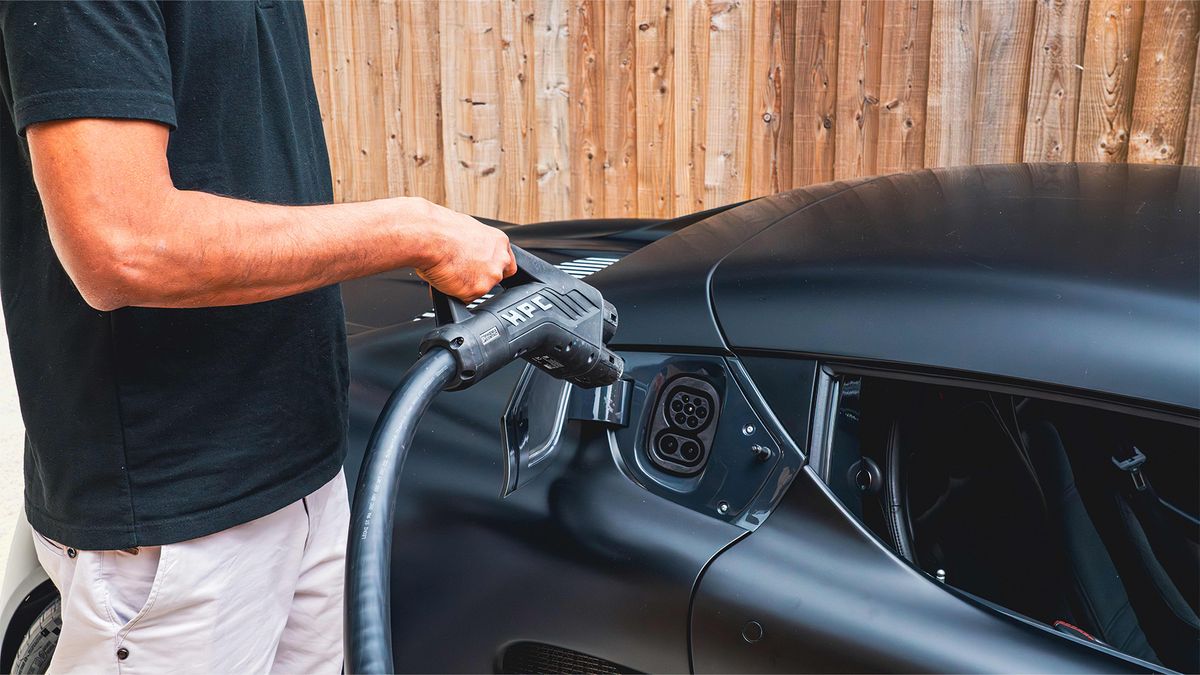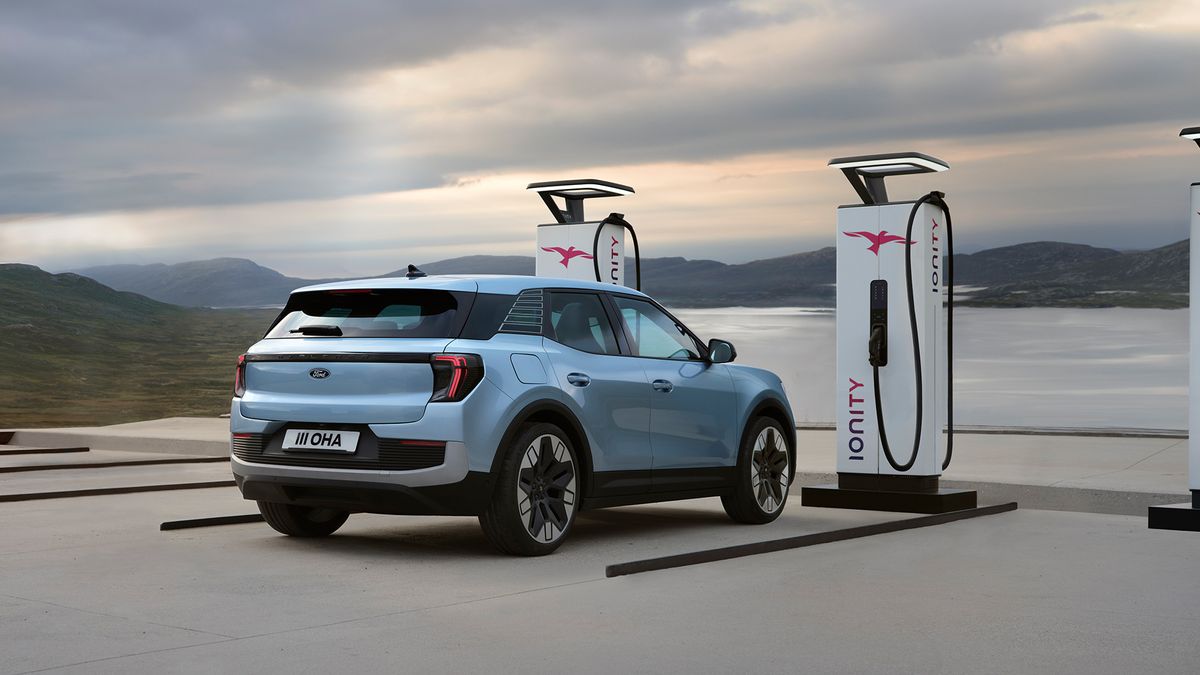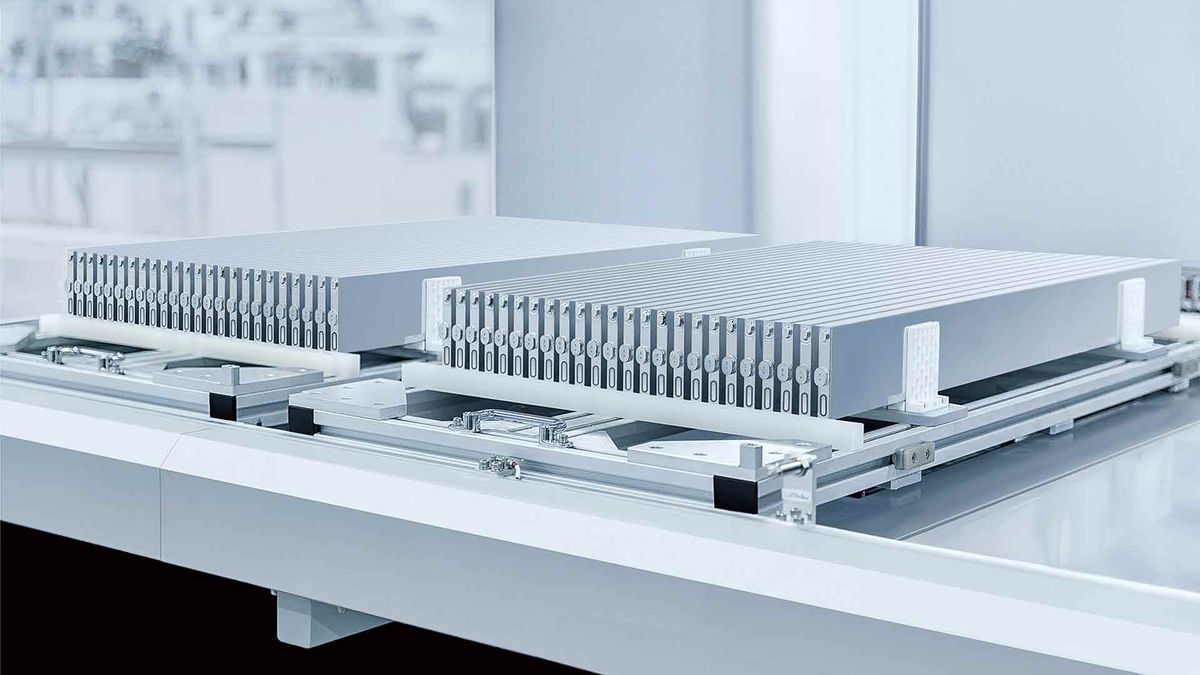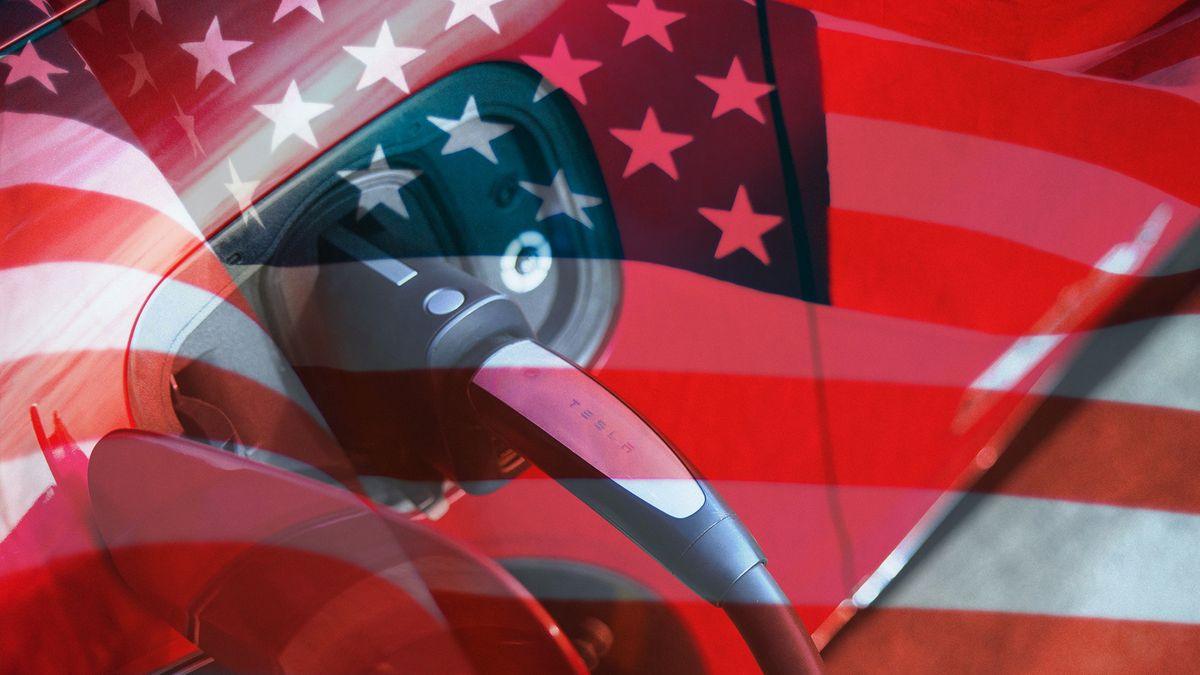- President Trump has signaled his intention to reverse Biden’s electric vehicle policy.
- Trump declared a ‘national energy emergency’
- Spending on electric vehicle charging infrastructure will be suspended
While the inauguration of America’s 47th president was arguably overshadowed by the number of tech bros and questionable world leaders invited, Donald Trump wasted no time getting to work. As soon as he entered the White House, he signed a series of decrees.
In fact, President Trump told a massive crowd gathered in an arena in Washington DC that he would reverse “80 destructive and sweeping executive actions from the previous administration.”
“The United States will not sabotage our own industries while China pollutes with impunity,” he said to loud applause.
Part of that would involve undoing the work the previous Biden administration did on protecting the environment, promoting the use of electric vehicles and preventing further oil drilling.
No matter how you present it, the new president appears to be coming down hard on electric vehicles and the infrastructure around them. Here are five ways these initial executive orders could impact the future of electric vehicles in the United States.
Electric vehicles will likely become even more expensive
Despite falsely calling a number of Biden’s pro-EV policies a “mandate” (there is no such mandate in the United States as in Europe), President Trump is keen to eliminate “the unfair subsidies and other ill-conceived measures imposed by the government.” market distortions that favor electric vehicles over other technologies,” according to Whitehouse.gov.
Read between the lines and it seems very likely that federal tax credits for purchasing new electric vehicles will be reduced or eliminated entirely.
Trump’s executive orders will also reduce tailpipe emissions and promote new oil drilling projects, leading to expectations that gasoline-powered cars will remain the most affordable vehicles to buy and operate for the foreseeable future.
It will become more difficult to publicly charge your electric vehicle

Inertia in an industry as gargantuan as the automotive space is hard to slow, and years of incentives for new electric vehicle customers in North America will see more electric vehicles hit the streets in the months and years future.
In 2024, U.S. customers purchased 1.3 million electric vehicles, an increase of 7.3% from the previous year, according to Cox Automotive.
This is all well and good, as long as charging infrastructure continues to grow to support the increase in customers looking to charge, but Trump’s executive order appears to do just the opposite.
All funding for electric vehicle charging stations made available through the National Electric Vehicle Infrastructure Formula Program and the Charging and Refueling Infrastructure Discretionary Grant Program should be suspended while the Trump administration is reviewing its “processes, policies and programs for granting, loans and contracts”. , or any other financial disbursement.
A pause in funding will lead to a pause in the deployment of new public EV charging stations and the potential abandonment of large-scale public projects, meaning charging infrastructure will be left to individuals in the form of installation of home charging stations.
Consumer choice will be restricted

The Biden administration has already denied the American public the freedom to purchase more affordable electric vehicles made in China by first imposing massive tariffs on them and then banning them altogether under the pretext of national security.
It remains unclear whether President Trump will maintain these policies, but he has already threatened to impose 25% tariffs on Mexico and Canada, close neighbors of the United States and two important regions for manufacturing and export. export of electric vehicles.
General Motors, Ford, the Volkswagen Group, BMW and Mercedes-Benz all produce cars in Mexico. At the same time, many automakers and battery manufacturers have set aside huge sums for new vehicle and battery factories in Canada.
Many of these promises have recently been revoked, due to the slow adoption of electric vehicles in Canada and North America. However, Trump’s proposed 25% tariff could potentially devastate Canada’s booming auto industry.
According to Maclean’s Canada, nearly 90 percent of vehicles manufactured there are exported to the United States, and more than 60 percent of auto parts made in Canada are shipped to American assembly plants.
It won’t take much for some of the world’s largest automakers to stop delivering electric vehicles to the North American market. This means that consumer choice will be limited to the select few models that remain profitable for their manufacturers.
Electric vehicles will struggle to charge using clean energy

The holy grail of electric vehicle ownership is the ability to recharge a vehicle’s battery inexpensively and from renewable sources, such as wind, solar and hydroelectric power, as this does not require combustion of fossil fuels to produce electricity and, therefore, drastically. reduces carbon footprint.
President Trump’s national energy emergency declaration calls for his administration to temporarily remove areas on the Outer Continental Shelf from leasing offshore wind energy, citing the potential threat to marine life as the reason.
“We’re not going to do the wind thing,” Trump said at the rally, according to The Verge, instead focusing on increasing gas and oil drilling.
The Unleashing American Energy Act will also examine any policies that could obstruct drilling operations, including hydropower and biofuels.
Innovation will slow down and China will continue to get ahead

Although many of President Trump’s executive orders will have a direct impact on potential electric vehicle customers in North America, they will also have a ripple effect on the rest of the world.
Simply withdrawing from the Paris climate agreement, alongside Iran, Libya and Yemen, means the United States is no longer committed to slowing the devastating effects of climate change and will effectively allow the nation to pollute with gay abandon.
But more than that, vilifying their electric vehicle makes it a less attractive option for U.S.-based automakers, meaning their drive to innovate in the field is thwarted by the desire to make quick profits – largely by selling the same gas and diesel vehicles they have. been doing it for decades.
Many legacy automakers are already far behind their Chinese rivals when it comes to EV technology. Yet this chasm will surely only widen if one of the world’s superpowers turns its back on electrification.




